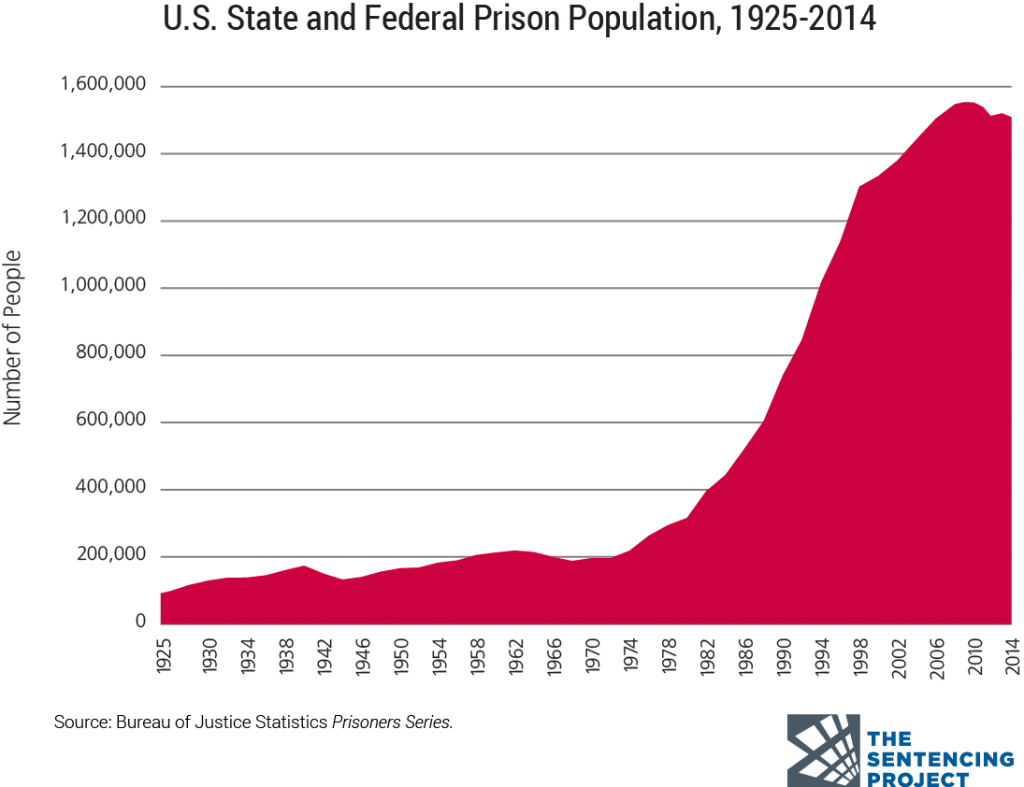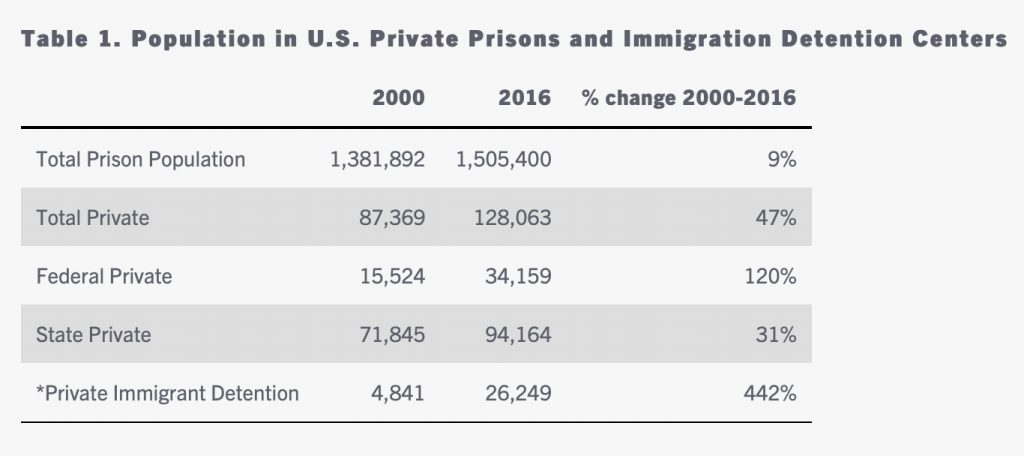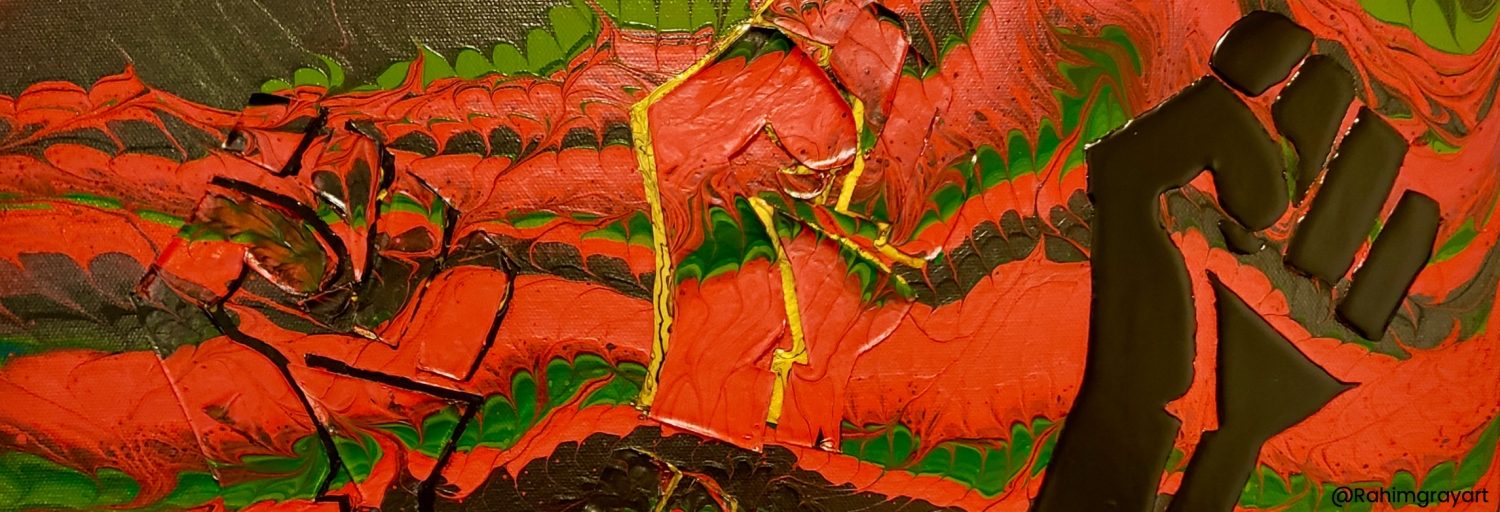What is the Prison Industrial Complex?
As explained by abolitionist organization Critical Resistance, “the Prison Industrial Complex (PIC) is a term we use to describe the overlapping interests of government and industry that use surveillance, policing, and imprisonment as solutions to economic, social and political problems.” By naming the PIC, we identify the expansive network of people and parties with vested interests in mass incarceration and uncover how this network functions to fill prisons and support mass incarceration.
The PIC and Mass Incarceration
Current estimates indicate that there are approximately 2.3 million people incarcerated in the United States, with an additional 4.5 million people on probation or parole. The US has the world’s highest incarceration rate and, despite representing under 5% of the global population, the US holds almost 20% of the global prison population (Prison Policy Initiative). The staggering incarceration rates in the US can be traced back to a variety of factors and forces throughout the course of recent US history. In The New Jim Crow, Michelle Alexander argues that “convictions for drug offenses are the single most important cause of the explosion in incarceration rates in the United States…more than 31 million people have been arrested for drug offenses since the drug war began. Nothing has contributed more to the systemic mass incarceration of people of color in the United States than the War on Drugs” (Alexander, 2010, 59).

One key feature of mass incarceration in the US is the racial disparity in incarceration rates: people of color are incarcerated at disproportionately higher rates than white people. As indicated by Alexander above, the War on Drugs, which began in the late 1960s and continued throughout the next several decades, provides a clear case study for this trend: despite the fact that “people of all races use and sell illegal drugs at remarkably similar rates” people of color are incarcerated at rates far higher than their white counterparts (Alexander, 2010, 97). For example, “black men have been admitted to state prison on drug charges at a rate that is more than thirteen times higher than white men” (Alexander, 2010, 98). The disproportionate incarceration of people of color is not exclusive to drug crimes, but rather constitutes a broader trend across offenses. The American Civil Liberties Union (ACLU) reveals that “one out of every three Black boys born today can expect to go to prison in his lifetime, as can one of every six Latino boys – compared to one of every 17 white boys.” Differential incarceration rates are not limited to race, and other marginalized groups – including poor people, queer people, and disabled people – are also disproportionately incarcerated.
Additionally, the PIC encompasses a growing network of privatized immigration detention centers, which have become the default for imprisoning undocumented immigrants for indeterminate amounts of time, even while gaining a track record of detainee abuse and neglect. Today, 73% of undocumented people detained in the US are housed in private facilities (The New York Times, 2018). Operating with little regulation or oversight, these detention centers have a clear financial incentive to cut medical, food, and maintenance costs in order to maximize shareholder returns.
Mainstream narratives suggest that an increase in crime has led to our nation’s increase in incarceration. However, this is clearly not the case. ACLU reports that “since 1970, our incarcerated population has increased by 700%.” This was not accompanied by a similar increase in criminality. In fact, crime rates have been rapidly declining since the mid-1990s. For example, the murder rates in Washington, D.C. and Los Angeles have shrunk by 76% and 90% since 1992 (Forbes, 2015). There is a clear disconnect between decreasing crime rates and skyrocketing incarceration rates. Scholars and activists thus coined the term PIC to “…contest prevailing beliefs that increased levels of crime were the root cause of mounting prison populations” and instead argue that “…prison construction and the attendant drive to fill these new structures with human bodies have been driven by ideologies of racism and the pursuit of profit” (Angela Davis, 2003, 84).

